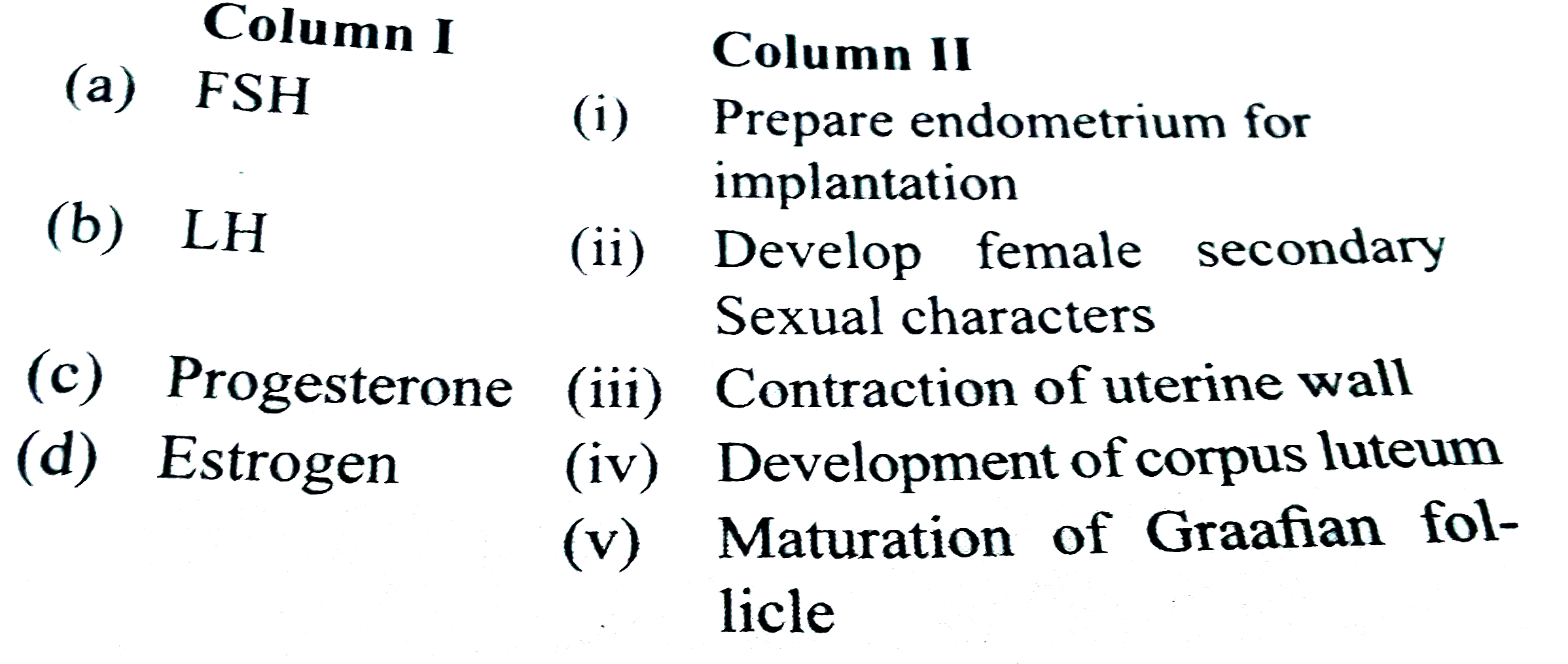The sense of equilibrium by ear is the funciton of
Basliear membrane of cochlea
Tectorial membrane of cochlea
Sensory crista of ampulla
Sensory cells of organ of corti.
The correct Answer is:C
To answer the question "The sense of equilibrium by ear is the function of," we need to analyze the options provided and understand the role of each structure in the ear.
1. Understand the Functions of the Ear:
- The ear has two primary functions: hearing and maintaining balance (equilibrium).
2. Identify the Relevant Structures:
- The options provided are:
- Basilar membrane of cochlea
- Tectorial membrane of cochlea
- Sensory crista of ampulla
- Sensory cells of organ of corti
3. Analyze Each Option:
- Basilar membrane of cochlea: This structure is involved in the process of hearing as it plays a role in sound wave transduction.
- Tectorial membrane of cochlea: This is also related to hearing, as it interacts with hair cells in the cochlea to facilitate sound perception.
- Sensory cells of organ of corti: These cells are responsible for converting sound vibrations into neural signals, thus they are related to hearing.
- Sensory crista of ampulla: This structure is located in the semicircular canals of the inner ear and is responsible for detecting rotational movements, contributing to the sense of equilibrium.
4. Determine the Correct Answer:
- Since the question specifically asks about the sense of equilibrium, the correct answer is the sensory crista of ampulla, as it is directly involved in maintaining balance and detecting changes in head position.
Final Answer:
The sense of equilibrium by ear is the function of sensory crista of ampulla.
---
- The ear has two primary functions: hearing and maintaining balance (equilibrium).
- The options provided are:
- Basilar membrane of cochlea
- Tectorial membrane of cochlea
- Sensory crista of ampulla
- Sensory cells of organ of corti
- Basilar membrane of cochlea: This structure is involved in the process of hearing as it plays a role in sound wave transduction.
- Tectorial membrane of cochlea: This is also related to hearing, as it interacts with hair cells in the cochlea to facilitate sound perception.
- Sensory cells of organ of corti: These cells are responsible for converting sound vibrations into neural signals, thus they are related to hearing.
- Sensory crista of ampulla: This structure is located in the semicircular canals of the inner ear and is responsible for detecting rotational movements, contributing to the sense of equilibrium.
- Since the question specifically asks about the sense of equilibrium, the correct answer is the sensory crista of ampulla, as it is directly involved in maintaining balance and detecting changes in head position.
The sense of equilibrium by ear is the function of sensory crista of ampulla.
Topper's Solved these Questions
Similar Questions
Knowledge Check
- Question 1 - Select One
At room temperature, a dilute solution of urea is prepared by dissolving 0.60 g of urea in 360 g of water. If the vapour pressure of pure water at this temperature is 35 mm Hg, lowering of vapour pressure will be 1.74×10−x mm Hg. The numerical value of x is _____________. (Molar mass of urea = 60 g mol−1).
Aoccipital lobeBtemporal lobeColfactory lobeDparietal lobe
Read the following statement
Statement A Neural impulses generated in response to sound are received by the brain from ears. Statement B Neural impulses for equilibrium are by the brain from ears as well as receptor present in the muscles, tendons, joints, skin and eyesView Solution[A] : Our inner ear contains sense organs for balance movement of fluid over hair cells in the semicircular canals and gives us a sense of dynamic equilibrium.
[R]: Inner ear contains Ca003 granules (otoliths) resting on hair cells. The movement of these granules gives us a sense of static equilibrium.View SolutionMatch the hormones in column I with their funcitons in column II.
 View Solution
View SolutionDiscuss the functions of human ear.
View SolutionState the functions of the ear.
View SolutionThe non-sense codons are
View SolutionWhich of the following is the function of ear ossicles ?
View Solution

